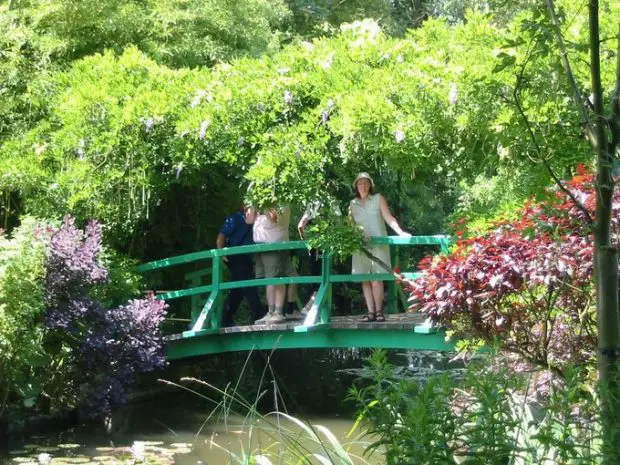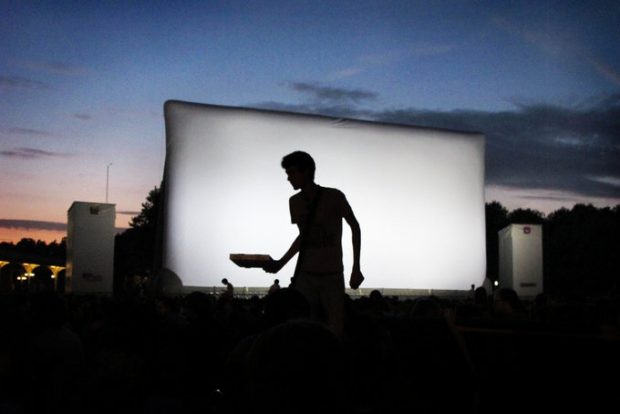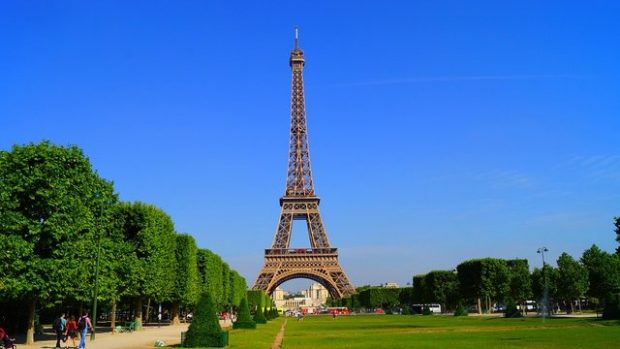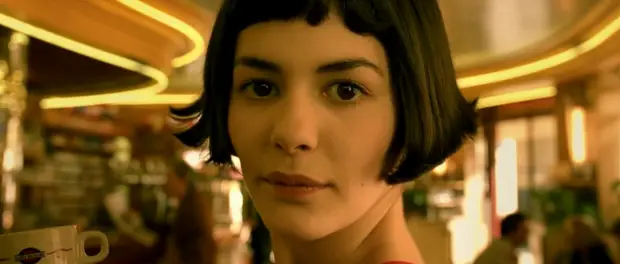Welcoming around 30 million tourists in 2013, Paris remains the most visited city in Europe. With its rich heritage reflecting its history and a rather unique ambiance, the City of Lights sparks an interest among many. But we often forget that Paris is actually a small city if we compare it to other international metropolises, and that the capital’s surroundings are equally just as interesting.
Here is an overview of activities that are easily accessible through public transportation:
France Miniature
Boulevard André Malraux, 78990 Elancourt
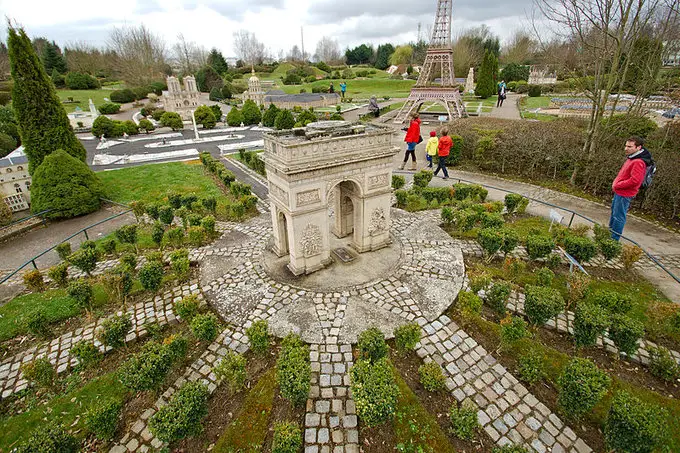
Many of us want to discover the French regions and their heritage. But, for a lack of time or money, we rarely decide to do so. Therefore, France Miniature can be a good compromise.
While following the paths at France Miniature, you will discover French landscapes put in miniature form with plenty of detail. Offering 8 entertaining experiences, children will love the park’s animated scenes, which will allow them to associate a visual with a city’s name. To continue your discovery of France, you will be able to taste regional products at the restaurant Les Provinces while La Gourmandise will offer snacks if you are just a little hungry.
For more information, visit: www.franceminiature.fr
Palace of Versailles
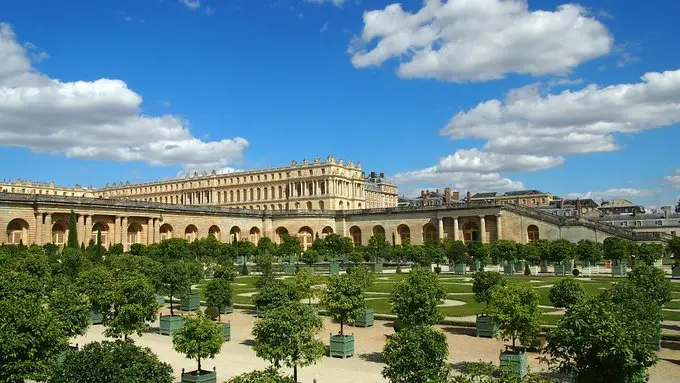
A few kilometers away from the France Miniature park, the lavish Palace of the Sun King has everything to impress and occupy you for an entire day. A reflection of the excess and lifestyle of monarchs, the Palace is also a constantly renovated architectural jewel that has not lost the splendor of its past.
Located in the department Yvelines, 16 km southwest of Paris, the grounds bring together 2,300 rooms, of which 1,000 are accessible, on a surface of over 6 hectares, 95 hectares of garden in a 815 hectare park, bodies of water, an orangery and the Queen’s hamlet.
Today the Palace of Versailles enjoys international prestige. A modest hunting lodge under Louis XIII, its structure and its functionality never stopped evolving under the influence of monarchs and Napoleon I. Having no interest in his father’s estate during his youth, Louis XIV is however the instigator of its large modifications. In fact, he put in place the means to host his court there, show his power to European monarchs, and make them envious.
But, it is only at the beginning of the 20th century that Louis Philippe I decided to make the Palace no longer residential, but instead a museum dedicated to the history of France in order to avoid its degradation. It witnessed great moments of history: it became general quarters for the Prussian army during its siege of Paris in 1870, and it is within the Hall of Mirrors where the signing of the act officially ending World War I took place!
While visiting this structure, you will discover a multitude of other events from French history, and you will be able to picture yourself in the Sun King’s grand receptions. If it is nice out, a walk through the paths of the French garden, designed by André le Nôtre and filled with artistic creations, would also be a pleasant time. The numerous bodies of water and geometric flowerbeds will give you the impression of wandering about a garden worthy of a fairy tale.
If you dream of a more rustic ambiance, we suggest that you take the little train to discover the estate of Marie-Antoinette who wished to live alone and far from the pressures of protocol.
You will find at different locations around the estate some bookstores and places to purchase refreshments (cafés, tea salons, bars, pressed orange juice kiosks, and quality snacks).
For more information : www.chateauversailles.fr
Chateau de Chantilly
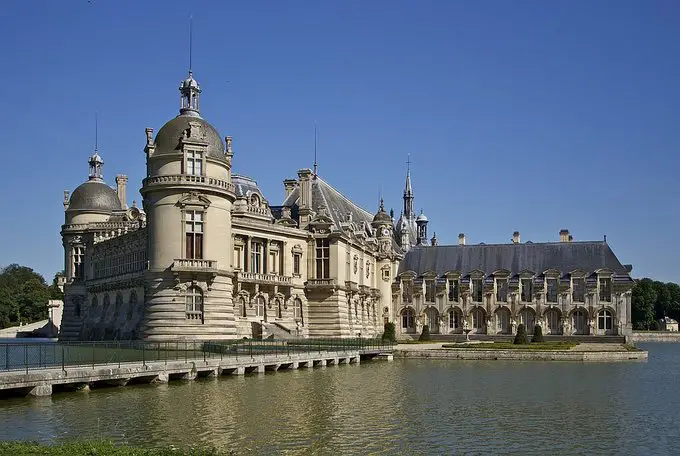
The imperial city of Chantilly is also a good idea for a weekend stroll in the capital city’s surrounding area.
80 km north of Paris, in the Oise department, the estate of Chantilly consists of a castle built from the 14th to the 19th century, a large French garden interspersed with small bodies of water, and the Living Museum of the Horse.
Far from the excitement of Versailles, the Grand Condé, duke of Montmorency, welcomed there writers as La Fontaine, Molière and Madame de Sévigné. He organized large parties and called on André Le Nôtre to create an impressive garden long before Louis XIV hired him for his garden at Versailles. So Chantilly competed with the royal palace, and the king was jealous of the Condé. Later, it was the Duke of Aumale who was at the origin of important reconstructions of monuments that were destroyed during the French Revolution.
So come and discover the architecture of this monument, its galleries, its impressive library, and the works in the Condé Museum. Stroll through the garden, discover the different buildings, and surprise the kids with the kangaroos that can be found in the park. Geared towards children, the estate will please the whole family and any gourmands.
For the anecdote, it is said that it is within the castle’s kitchen that the baker Vatel invented the famous Chantilly cream. You can taste it at the restaurant La Capitainerie along with “the cuisine of Vatel”. You will see that it really has no reason to envy what you can get from the big supermarkets!
For fans of horse riding, you will appreciate the quality and richness of the Living Museum of the Horse in front of the castle, which retraces the relationship between man and horse across several thematic units and 200 specific subjects. It offers different equestrian shows (which are rather impressive) throughout the year under a traditional show tent.
Chateau de Fontainebleau
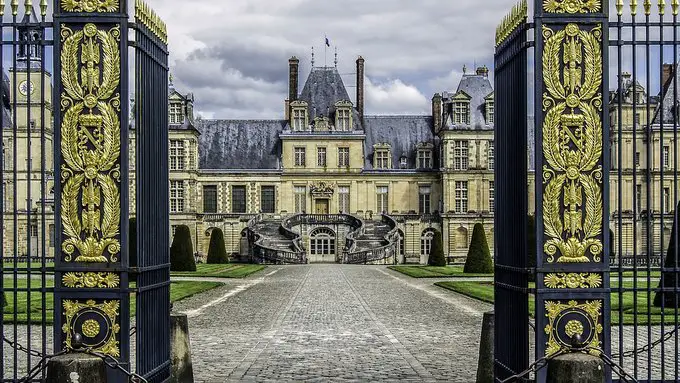
Inhabited by five dynasties for over eight centuries, from medieval times to the Second Empire, the Castle of Fontainebleau has hosted and interested monarchs and emperors. Climb the horseshoe-shaped steps and enter into the palace that brings together various styles of architecture. Discover the rulers’ furnished apartments, for the Pope and Napoleon III’s guests, or even Marie-Antoinette’s two boudoirs. The impressively large and richly decorated galleries, as well as the theater and the three chapels, will take your breath away. You will also find several museums within the chateau: the Empress’ Chinese Museum, a museum for Napoleon I, the gallery of paintings, and the gallery of furniture. Art lovers will be charmed by the diversity of works that are brought together in the same place.
Be sure to get some fresh air or have a picnic in the 130-hectare park divided by different courtyards, the Grand Flowerbed, which was also dreamed up by André Le Nôtre, some other gardens, a grotto, and a pavilion in the middle of a large pond. The rural environment would be perfect for a walk with that special someone or with the whole family.
Book a visit of the chateau de Fontainebleau
Royal Abbey of Saint Denis
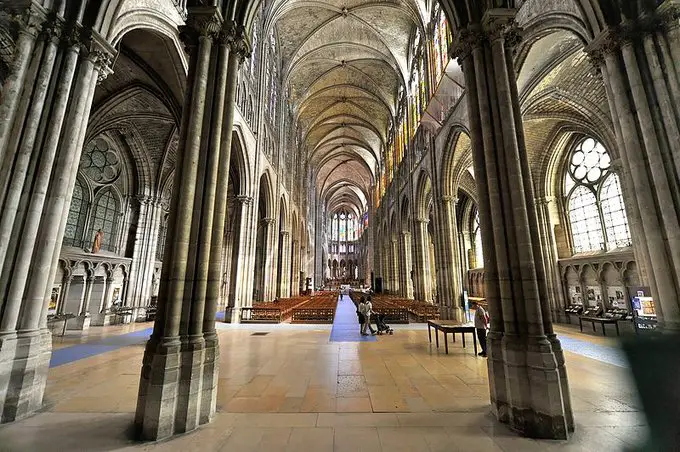
Five kilometers north of Paris, the Basilica of Saint Denis will have plenty to impress you. A cathedral of the diocese since 1996, the old royal abbey houses the tomb of the martyred Denis and numerous kings (notably, the famous Dagobert). From the 5th to the 20th century, this monument has never stopped changing, partly to please the kings in power, but also due to occasional necessary reconstructions.
With many gothic masterpieces, it has become one of the world’s largest museums of funerary monuments. Come discover the cloister as well as the basin, which is 4 meters in diameter and made up of 1200 lias stones, as well as the giant classical organ within the religious monument, which became an educational home in the 19th century. The abbey is also known for its mysterious treasure. Made richer by kings year after year, this treasure was destroyed at the beginning of the 19th century and was composed of items used during the coronation as well as the rulers’ crowns. The heart of Louis XVII is allegedly a part of the abbey’s mystery. In fact, it was secretly taken out by the king’s surgeon, once it dried it was passed around until it found itself in a crystal vase at Saint Denis.
Royaumont Abbey

Another abbey close by in the region of Paris, the Royaumont Abbey, was constructed 800 years ago and celebrated its foundation’s 50th anniversary in 2014. The abbey and its foundation wanted to celebrate the anniversary in an original way that reflects the dynamism and the cultural exception that they have been proof of for years.
Founded in the 13th century by Saint Louis, the king particularly enjoyed going to the abbey to find himself. Through the years, the establishment’s functions have changed. The monks, who were practicing medical treatment there, gave way to a center for fabric production in the 18th century, then the abbey opened its doors to artists and intellectuals at the dawn of World War II. With a large traditional library, the abbey has always been connected to the arts, especially since the foundation creates their own productions, or sometimes as a collaborative effort, which cover social sciences, contemporary poetry, or photography under the name “Edition Royaumont”. Besides that, they host over 65 showings for films and telefilms covering the beauty of buildings and the effort given for their conservation.
Thanks to a few passionate Parisian students, the abbey is getting a virtual reconstruction of the church, which was destroyed in 1792. The church will be displayed in film.
Chateau de Vaux-le-Vicomte
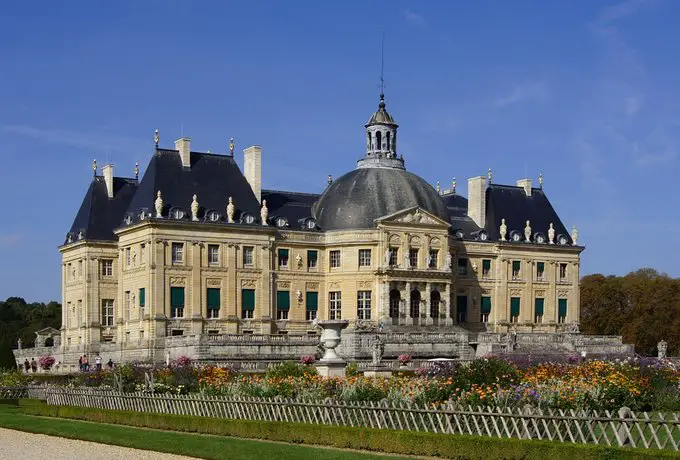
If you intend to visit a historical monument in a rather uncommon way, we highly recommend a chateau that you have surely already seen in a film (La Folie des Grandeurs, Molière, Moonraker, Marie-Antoinette, etc.).
You may also find it rather interesting to visit the chateau’s interior, which stirred up some jealous feelings in the Sun King since its establishment in 1661. On four levels, which are decorated and furnished in the style of Nicolas Fouquet’s time, you can discover the luxury of the apartment of Mazarin’s superintendent and his wife, the staterooms (Salon des Muses, Cabinet des Jeux) and baroque-styled rooms like the Grande Chambre Carrée or even the King’s own room. Then make your way to the basement, which is where the kitchen and a vaulted cellar can be found. Would you like to take a step back? Like to put yourself in the caretaker’s shoes? No worries, just head up to the top of the dome, which is 25 meters above the ground, to have a stunning view of the grounds and the surrounding area.
Throughout the tourist season, you can discover the estate through original visits that were conceived to impress both children and adults! For example, there are costume visits for children and adults. So, the children put themselves in the shoes of princes, princesses, musketeers, and marquis. The children will also appreciate the visit thanks to the little puzzle books that they get and the chance to participate paper chase.
Whatever your age, you will love to take a stroll through the French garden, which was also layed out by André Le Nôtre. For garden lovers, you will enjoy the fountains, cascades and water features flow every second and last Saturday from May to September.
Moreover, the castle proposes many events throughout the year and even candle-lit evenings. Indeed, every Saturday evening from May 6th to October 7th, 2017, Vaux-le-Vicomte proposes its visitors to visit the cas tle and the gardens lightened with thousands of candles. And a firework will close this pleasant evening.
Please note that the castle is closed in winter and opens its doors from March to November.
I aim to share my tips and recommendations for the beautiful country of France. My goal is to help you plan your next adventure, whether it’s a weekend getaway or a once-in-a-lifetime trip. From finding the best hotels and restaurants, to discovering unique activities and sights, I’ve got you covered!

